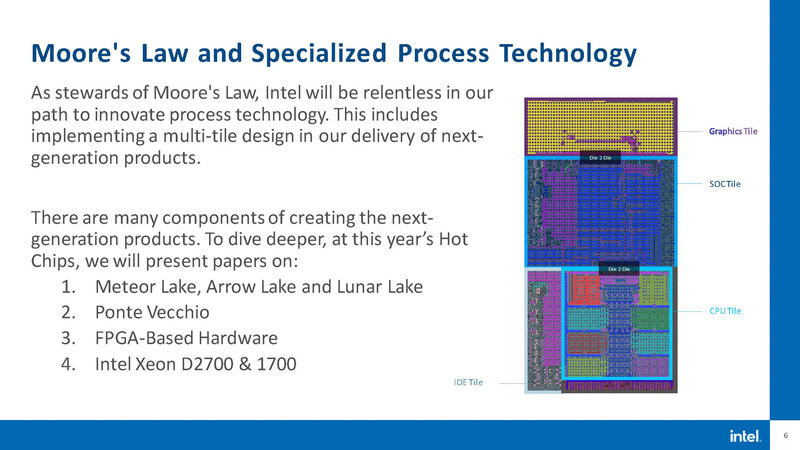- Joined
- Dec 25, 2020
- Messages
- 6,793 (4.73/day)
- Location
- São Paulo, Brazil
| System Name | "Icy Resurrection" |
|---|---|
| Processor | 13th Gen Intel Core i9-13900KS Special Edition |
| Motherboard | ASUS ROG MAXIMUS Z790 APEX ENCORE |
| Cooling | Noctua NH-D15S upgraded with 2x NF-F12 iPPC-3000 fans and Honeywell PTM7950 TIM |
| Memory | 32 GB G.SKILL Trident Z5 RGB F5-6800J3445G16GX2-TZ5RK @ 7600 MT/s 36-44-44-52-96 1.4V |
| Video Card(s) | ASUS ROG Strix GeForce RTX™ 4080 16GB GDDR6X White OC Edition |
| Storage | 500 GB WD Black SN750 SE NVMe SSD + 4 TB WD Red Plus WD40EFPX HDD |
| Display(s) | 55-inch LG G3 OLED |
| Case | Pichau Mancer CV500 White Edition |
| Power Supply | EVGA 1300 G2 1.3kW 80+ Gold |
| Mouse | Microsoft Classic Intellimouse |
| Keyboard | Generic PS/2 |
| Software | Windows 11 IoT Enterprise LTSC 24H2 |
| Benchmark Scores | I pulled a Qiqi~ |
If you configure the power limit down are you not loosing performance, also is it safe to run at 115 degrees? I'm not currently using intel so haven't payed much attention.
What temperature do the 13900ks run at full load on a NH-D15?
The KS isn't different from any other CPU. A D15 can generally handle 250 to 300W of heat with adequate airflow, it's the same case with 360 and 420mm AIOs, the latter (such as Arctic's Liquid Freezer II 420) enjoying a relative performance advantage. It seems very high but it's not too different from a Ryzen Threadripper processor. The surface area is very large, so heat transfer is quite efficient.












